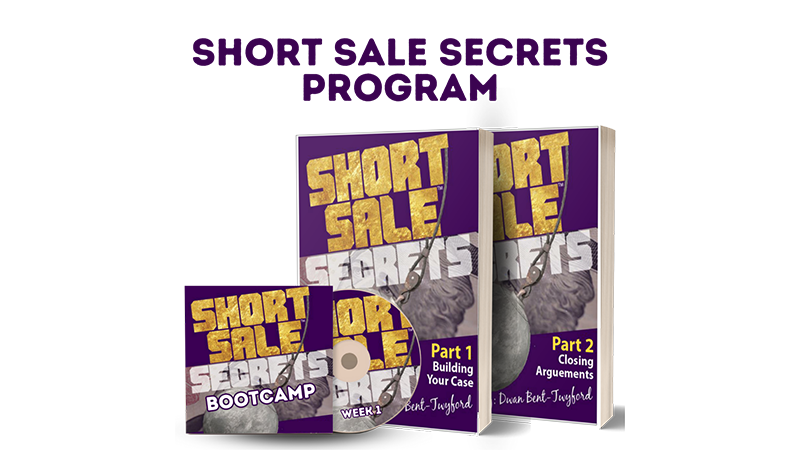Fixer Upper Homes: Things You Should Know

You’ve bought a fixer upper home you can make some money on. Where do you start? What improvements and repairs are most important? Actually, you need to know this before you buy. Always start with the end in mind, and have a plan to get there. Whether before and after you buy, though, there are some simple rules for analyzing possible fixes.
Return On Investment
Years ago I was a real estate agent sitting across the kitchen table from a very disappointed young couple. I had just told them there house was worth $110,000. “But we just put $40,000 into remodeling the kitchen!” they told me. I looked around, and it was nice. Maybe they added $10,000 in value to the house by spending that $40,000. There’s was a classic example of a bad return on investment.
With fixer upper homes, you need to do things which give the most “bang for the buck.” Try aiming for a three-to-one return on improvements. Before you resurface the driveway for $1000, ask if it will raise the value of the home by $3,000. Even if it’s a guess (especially if it’s a guess), keep this three-to-one formula in your head, if you want to invest safely.
How To Fix Fixer Upper Homes
With new curtains, flowers, ceiling fans and such, you can’t really estimate the increase in value for each item. Instead, group together the many small repairs and improvements you’re considering, and imagine how the house will look when you are done. Then estimate whether you will increase the value enough to justify the cost.
Often it’s in the small details that you’ll get the best return on investment, so look at these first. New mailbox, flowers on the porch, a raked yard and trimmed trees – $35 total if you do the work yourself – can make a big difference in the first impression potential buyers have. First impressions are important.
Other small investments that more than pay their way include shiny new switch covers (less than $1 each), shelves, a birdhouse, new doorknobs, new light fixtures, curtains, new rocks or wood chips on outdoor paths, new faucets, new wood stain on decks, and general cleaning. Stand out in front of the house and imagine what it might look like with all the various small improvements (flowers, wood-rail fence, birdbath, etc.).
Big Fixes
Of course there are things that just have to be repaired. Basic systems must function. Improvements, however, should be subject to the three-to-one rule. You can get creative here. A friend of mine once had a simple wall put up, and for less than $1000 created a new bedroom, probably raising the value of the house by $8,000. That’s a good return on investment.
Bathrooms and kitchens are important to buyers. A $1000 updating of a bathroom can add $4000 in value to a home. Spend $2000 wisely in the kitchen (New fridge, re-finish the cupboards, add a garbage disposal, etc.), and you can add $8000 to the value of the house. Look for the changes which are most universally valued (don’t paint the kitchen pink because YOU like that color), and be sure you get a decent return on investment.
Depending on the fixer upper homes you look at, there are many types of potential improvements that may be worth doing. These include adding carports, new doors, fences, gazebos, sheds, painting, carpet, benches, a new closet, a new toilet, a new stove, a shower/tub surround, and trees or bushes. The bottom line is the bottom line: be sure anything you do returns more than you spend, preferably three times as much.





